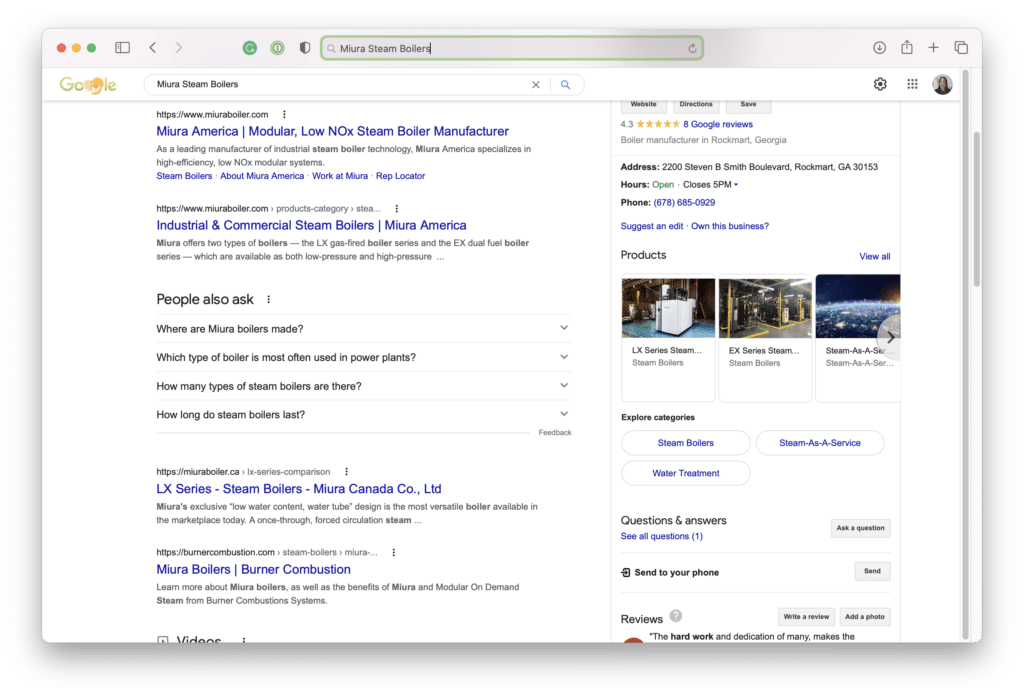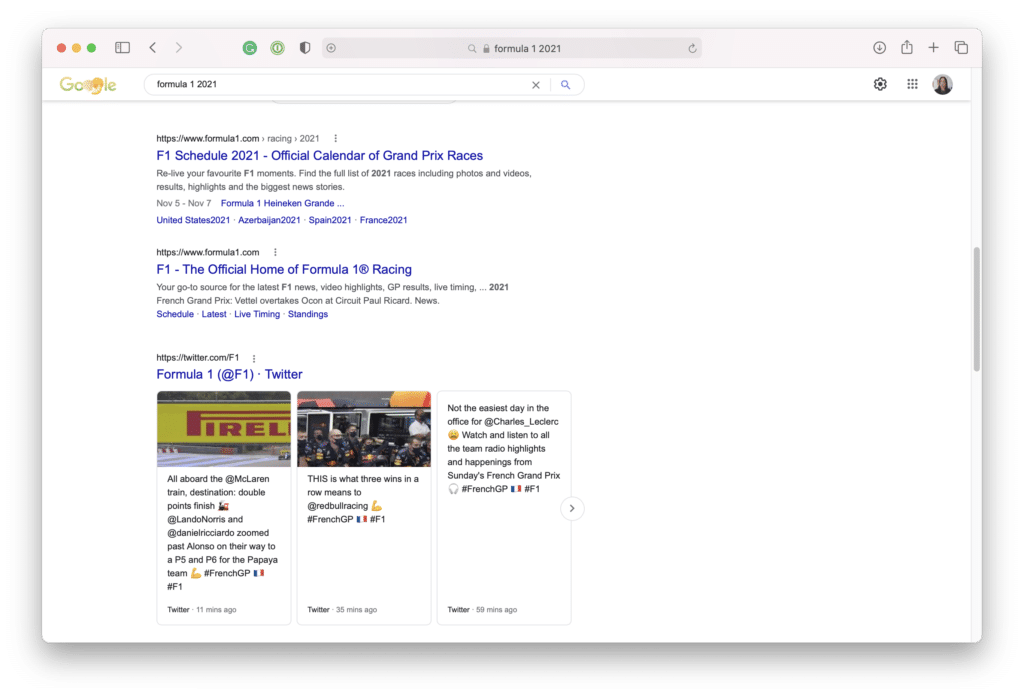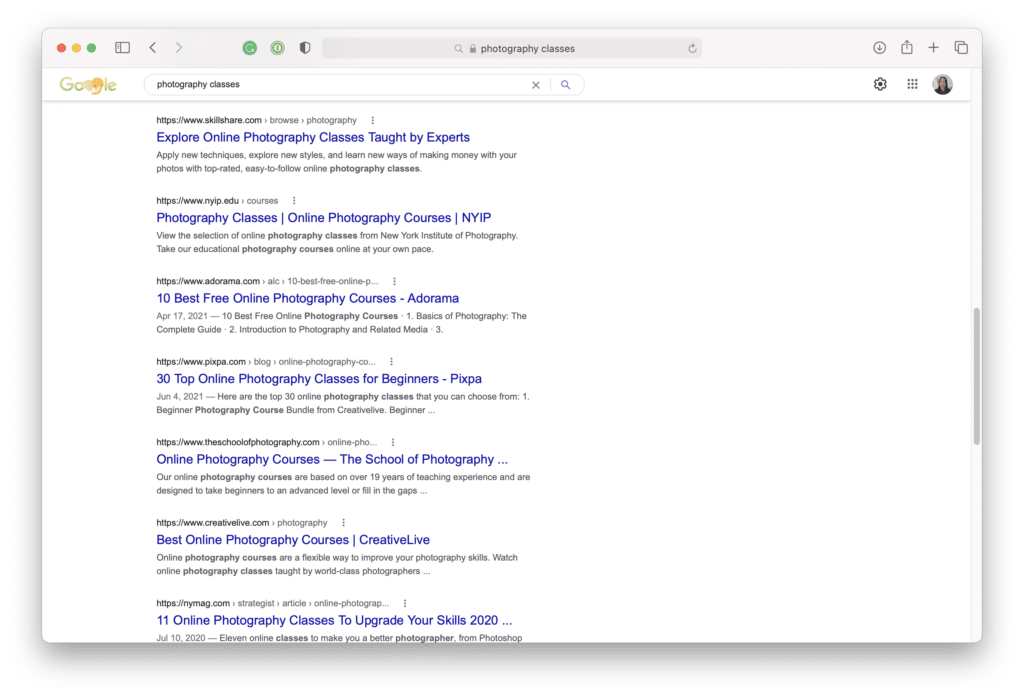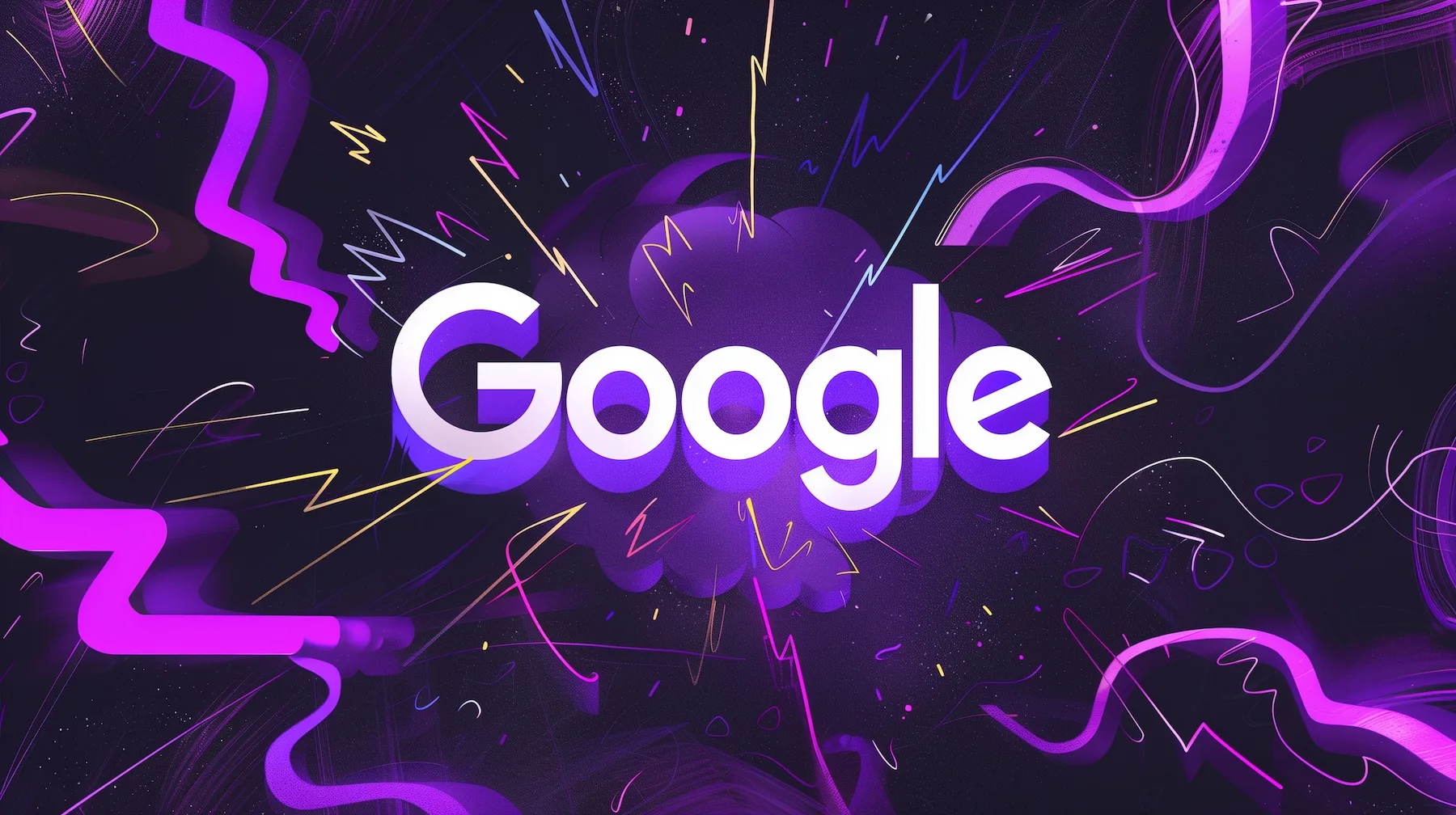Search engine optimization (SEO) is crucial if you hope to drive more organic traffic to your website or web pages. And while you might have a robust and high-quality SEO strategy that routinely gives you a high search ranking, you might still have a low-performing click-through rate (CTR).
Why is that? Most often, it comes down to an overlooked bottleneck in your SEO strategy: title tags and meta descriptions.
With clickable content in the lead, title tags are considered the second most important factor driving click-throughs to a website.
Without attractive and relevant website copy displayed on a search engine results page (SERP), potential customers could pass over your weblink – even if you obtain the most prominent search position. High-converting title tags and meta descriptions offer clear value to your priority customers and encourage click-throughs.
Find out how to maximize your title tags and meta descriptions to create a strong CTR and boost your website’s volume of organic traffic.
Table of contents
Best practices for title tags
What is a title tag?
In technical terms, a title tag is a snippet of HTML that denotes your website or web page title. It tells the visitors and search engines what they can expect to find on the page. You might recognize a title tag as the visible headline entry that you click on a search engine results page (SERP) to visit a domain or navigate to an app.

Google presents the first 50-60 characters of your title tag on a SERP, so you want a simple, clear, and easy-to-read headline that accurately describes your web page.
Search engines want to show entries that have high relevance to the user’s search query, so how your page or post is titled can have an extensive impact on your ranking. Plus, the title tag also appears at the top of your browser, and in social shares, bookmarks, and shortcuts, helping to reinforce online branding.
What makes a good title tag?
A high-performing title tag generates clicks. Luckily there are several ways that you can craft your titles to help drive more traffic.
1. Include a question.
Title tags that include a question (who, what, where, when, why) enjoy a 14.1% higher CTR. Questions pique curiosity, and they often can directly relate to a customer’s pain point. Fostering emotional resonance with an issue and presenting a possible solution helps drive more traffic to your website.
2. Keep your titles positive.
Emotions play an integral role in any marketing strategy, and you can use that to your advantage with upbeat title tags. Positive emotion delivers better results (good news spreads far faster than negative news) and can increase your CTR by 7%.
3. Leverage long-tailed keywords.
Searches with long-tailed keywords enjoyed an immediate 3-5% bump in click-through ratings. Keywords are a central part of being crawled by a search engine and located on relevant client searches, so include your high-priority keywords in a title tag to help boost your ranking and customer action.
4. Include your brand name.
Titles that include or at least reference their brand name perform better than non-branded tags, with the results multiplying the further up the SERP you are ranked (first-place entries with a brand name converted at 35% compared to non branded at 27%). Customers rely on brand trust when taking action through a sales pipeline, and if you have generated company goodwill, that can help increase the click-through rating of your title tag.
5 SEO myths for title tags
To help keep your title tags relevant to your customers, here are five common myths about title tags that have now been debunked:
Myth 1: ALWAYS put your keyword in your title tag.
While leveraging your keywords can be useful, keyword stuffing can be just as detrimental. Search engines now understand conversational language and variations on a keyword; multiple keywords stuffed into a title tag can reach the wrong or unintended audience. Title tags do best when they are relevant to the user and clearly announce the purpose of your website.
Myth 2: ALWAYS have your brand name at the end of each title tag.
To increase awareness, many companies started to input boilerplates at the end of title tags. The strategy can help select brands with their target relevance, but it has no guarantees to increase online customer traction. In many cases, you can receive a 20% CTR increase without a named boilerplate. Factors such as clickability, brand appeal, and brand relevance will determine whether you should include a boilerplate in your title tag.
Myth 3: Long titles encourage higher click-throughs.
You can fit more information in a longer title tag, but that does not translate to greater efficacy. Keep titles simple and direct. Title tags of 15-40 characters have an 8% CTR increase compared to long and overdrawn headlines.
Myth 4: Using power words in your title tags improves click-through ratings.
Testing the use of power words (i.e., amazing, great, best, top) resulted in a 13.9% decrease in CTRs. Using too many power words can give the impression of salesmanship and untrustworthiness. A well-placed power word can create impact, but be sparing when and where you use it.
Myth 5: The more emotional your title tag, the higher your CTR.
A positive and accurate message will help you connect with your audience, but over-the-top sentimentality can block your key messaging. Certain brands may benefit from negative sensationalism, but there is no direct increase in CTR in most cases. Test how much emotion is appropriate for you and your brand.
A/B testing and title tags
An A/B test sends half of your audience one type of title tag and the other half a second type. With two different title versions, you can compare and contrast the results. If you make small, nuanced changes to already effective title tags and test them against two groups, you can locate which SEO and title tag practices fit best within your brand and target audience. The more A/B testing you perform, the more accurate your title tags will become, leading to an even better click-through rating.
Best practices for meta descriptions
What is a meta description?
A meta description is an HTML attribute that summarizes the content of a particular web page or app. It describes what a search engine or user will find if they click a headline entry on a results page. The HTML tag itself is around 155 characters, and search engines crawl that text to find relevant phrases that match a search query (search query keywords are bolded within the meta description for the user).

Above is an example of a meta description on a SERP for the Formula 1 (F1) site, inviting online users to “relive” their favorite F1 moments by clicking on the link provided to the 2021 F1 schedule. The description explains exactly what readers (and Google) can expect to find on the page if they click.
Meta descriptions also offer you more opportunities to add key information or “ad copy” that can help increase your CTR and gain more organic traffic. Pages with a meta description experience 5.8% more clicks than those that don’t, so there is a lot of value in including a well-worded snippet with your title tags.
How long should a meta description be?
The recommended length of a meta description is between 150-160 characters, though they can be longer. You have no control over how much text the search engine shows (Google has used up to 275 characters before), but the accepted standard is 150.
The ideal length will vary for every unique webpage, but your snippet should be descriptive enough, drive value, and help generate clicks with 150 characters. The purpose is to offer compelling and supporting evidence of why a customer should click the headline — anything beyond that can cause distractions and confuses search engines.
How to craft catchy meta descriptions that stand out
Putting together a good meta description has a lot to do with the behavior of your target audience, their pain points, and your unique selling proposition. Still, the following techniques are known to improve your click-through rating:
1. Incorporate a call-to-action
While catching the reader’s attention and offering value hooks your prospective customer’s attention, you need to insert a call-to-action (CTA) to encourage a click. Online users will commit to doing something if the opportunity is presented to them (rather than searching for it themselves). A well-crafted CTA can be the very thing separating you from explosive CTR growth.
Take for example the description used for the New York Institute of Photography (NYIP) classes: the reader is invited to “view the selection of online photography classes” that the NYIP has to offer, with further encouragement that these online course can be completed at one’s own pace.

2. Don’t make false promises
Your meta description (and, more importantly, your CTA) should connect with what your user will find if they click through to your page. If you are offering a free trial, but the link sends your customer to your homepage, you have just created friction that could result in a quick bounce. Additionally, any half-truths or false promises will cause frustration in your customers and hurt brand trust. Ensure that each word in your snippet has clear, honest, and accurate information about what the searcher will find if they click your headline entry. Your title tag, meta description, and CTA should all have a level of marketing coherence, meaning they follow a logical and consistent flow.
3. Solve the reader’s questions
Organic traffic comes from people typing search queries into a search engine. These prospects have a question that they need answering, and they want the search engine to provide the best solutions. The searched questions are almost always directly related to the customer’s pain point — if you can provide the answer, you have a far higher chance of creating a conversion. Craft your meta descriptions with the customer’s problem in mind, and demonstrate how your business can uniquely resolve that problem.
How can I discover my target customer’s questions?
Keyword and client research can help you locate and understand the questions your target customers are asking. There are also several online tools you can take advantage of:
- Google Answer Boxes – Google takes snippets from highly-ranked SEO pages and offers them as direct answers to a search query. Whichever website helped answer the search question earns the featured snippet space. As you use keyword research and better understand your buyer personas, enter those search queries for yourself and view the ideal answers provided by Google.
- Ahrefs – Ahrefs has several high-level SEO tools that you can use to understand your target audience better. Input keywords, compare SEO strategies with leaders in your industry, or track your results page rankings with Ahrefs suite of resources.
- Quora – Quora allows users to ask questions within an open forum. You can search through topics related to your business and targeted keywords, and will most likely get a better understanding of what your target audience wants to know. Questions submitted on Quora are conversational and informal, and they have no search engine filters attached to them, offering you an accurate depiction of how potential customers think and speak.
- Exploding Topics – Exploding Topics indexes trends as they rise and fall online. Multiple browser extensions can compile popular search queries and keywords across several different SEO platforms. You can discover plenty of insights with this popular tool.
With relevant headlines and supporting copy, you are sure to increase your click-through rating. Plus, search engines can better understand your website’s offerings and its unique selling proposition, which will help you rank higher on results pages.
If you need more information about how to craft title tags and meta descriptions, or if you need expert advice regarding a custom SEO strategy, contact SiteCare today.




Leave a Reply